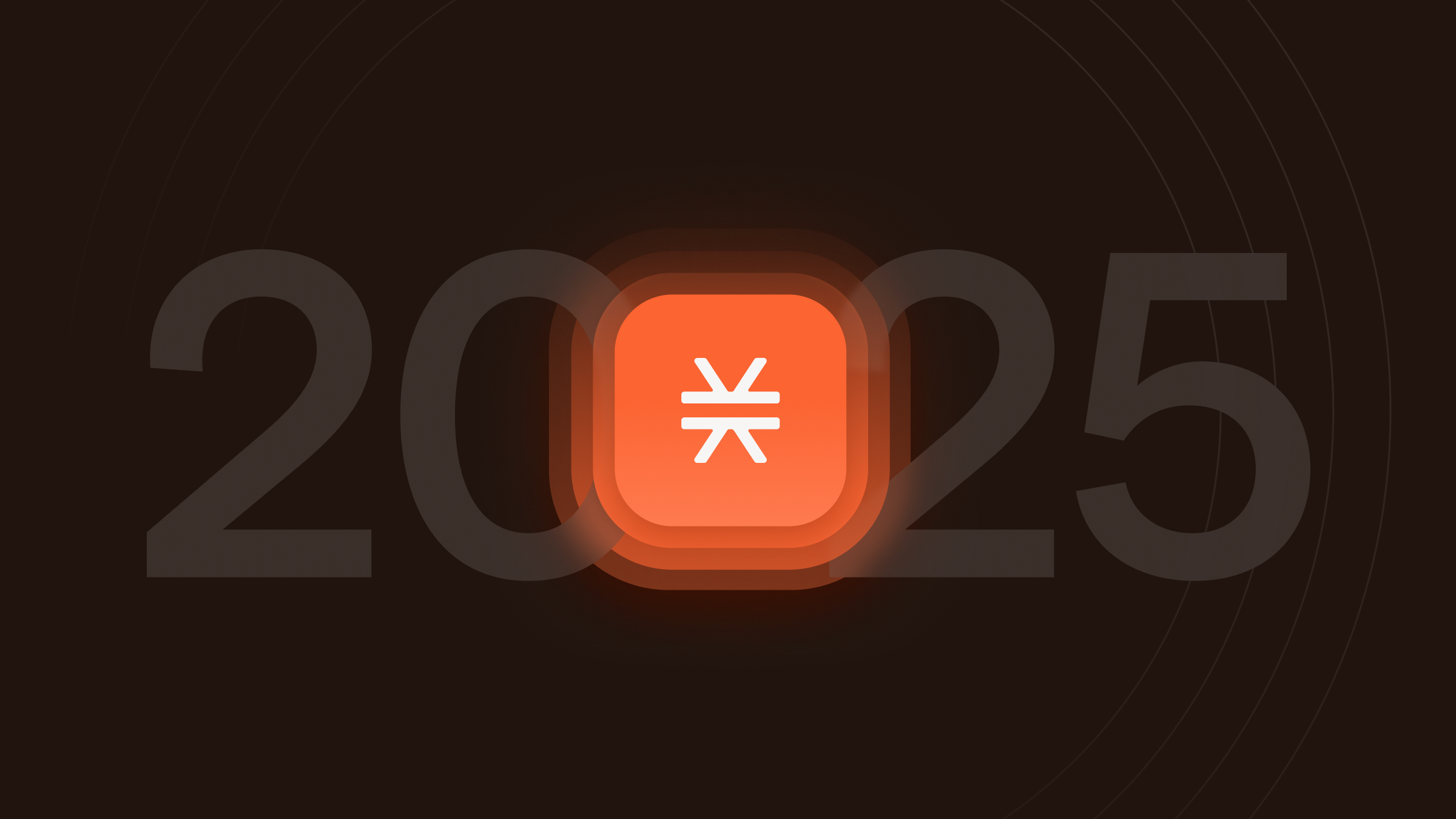Stacks NFTs vs Bitcoin Ordinals
No items found.
At Gamma, we’re building a Bitcoin-based NFT marketplace and a home for your Web3 social identity. While we started out as an open marketplace for Bitcoin-secured NFTs on the Stacks blockchain, we’ve since added support to view your Ethereum NFTs, and most recently we’ve rolled out support for Ordinals — including a no-code creator portal for Ordinal inscriptions.
Thanks to the recent rise in Ordinals interest, thousands of new friends have joined our community and explored the Gamma marketplace. But recently, we’ve seen quite a bit of confusion around Stacks-based Bitcoin NFTs versus Bitcoin ordinal inscriptions. So, let’s clear things up — keep reading to learn about the difference between Bitcoin Ordinal inscriptions and Stacks-based NFTs secured by Bitcoin.
At a glance:
Ordinal inscriptions on Bitcoin: Individual Satoshis are inscribed with data (like images or text) directly on the Bitcoin blockchain, and can be transacted between Bitcoin Taproot addresses.
Stacks NFTs secured by Bitcoin: NFTs on the Stacks blockchain, which is a smart contract layer that depends on the base Bitcoin blockchain for security.
Ordinal inscriptions on Bitcoin
Thanks to Ordinal Theory (which references the ordering of individual Satoshis), we can now inscribe data onto single Satoshis on the Bitcoin blockchain directly and transact them like NFTs. Whether it’s an image, a memo, or anything else you want to inscribe, this data is truly immutably and securely stored directly on the L1 Bitcoin Blockchain.
Before NFTs took off on Ethereum, NFTs had originated on Bitcoin. But due to the complexities and limitations of the Bitcoin blockchain, Bitcoin-native NFTs could never really take off — until now. At the time of writing, nearly 200,000 inscriptions have already been made, with over 10% of those having been made using Gamma’s no-code Ordinal inscription tool . Thanks to the rise in interest around Ordinals, Bitcoin blockchain activity has increased greatly, giving miners more fees and putting positive effects on the security and decentralization of Bitcoin. Thanks to Bitcoin’s robustness, every inscription is immutably and permanently secured on the Bitcoin blockchain.
To learn more about how you can get started with an Ordinal inscription or Ordinal Collection on Gamma, check out our recently updated guide .
Stacks NFTs secured by Bitcoin
Stacks is a smart contract layer for Bitcoin that brings extra functionality to the Bitcoin base layer, allowing us to build everything from DeFi to Bitcoin-secured NFTs. Because Stacks allows for the scalability and functionality beyond Bitcoin, we can create a robust ecosystem of Bitcoin-secured NFTs using the Stacks blockchain. If you’re new to NFTs on Stacks, we recommend browsing the open marketplace on Gamma or even creating your own NFTs in minutes with the Gamma Create Portal .
So, how does Stacks work?
Stacks has a unique consensus mechanism called Proof of Transfer (PoX). In a nutshell, the merkle roots (the transaction hashes that represent each Stacks block) settle onto the Bitcoin chain in a neatly packaged transaction. By design, you cannot mine or confirm Stacks blocks or transactions without settling and writing them to the Bitcoin blockchain. So essentially, Stacks shares Bitcoin’s computing power but exists as a separate blockchain that allows for advanced smart contract functionality, thereby expanding the potential of Bitcoin’s use cases.
Why is Stacks beneficial for Bitcoin?
Every single NFT, DeFi transaction, and dApp on the Stacks blockchain is secured by BTC. This means that Stacks allows new use cases and innovation to be built on top of Bitcoin, without disturbing the Bitcoin base layer. Here’s how:
Stacks allows developers to build and deploy decentralized applications.
Stacks provides a platform for the tokenization of assets, enabling the creation of new digital assets (like NFTs), and the ability to trade and transfer ownership of assets in a decentralized manner.
Stacks can facilitate the creation of bridges between different blockchains, making it possible to transfer assets and information cross-chain.
Stacks provides the framework for the building of decentralized identities such as BNS domains(example.btc), which can be used in several ways, from sending cryptocurrency on Stacks to connecting to different dApps such as Gamma.
Want to learn more? Join the conversation on Discord and start exploring Gamma today.
The post Stacks NFTs vs Bitcoin Ordinals appeared first on Gamma.io Blog .
Get more of Stacks
Get important updates about Stacks technology, projects, events, and more to your inbox.
.png)



